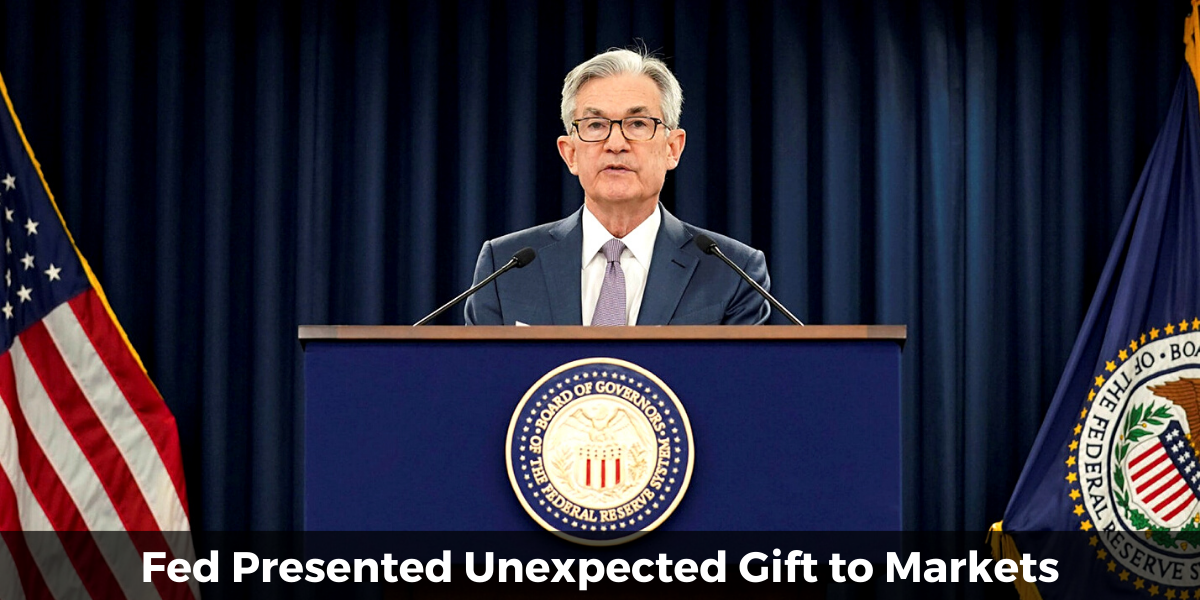
The rise of stock markets may continue for some time but in the long term such a move of the Fed will provide a long-term decline of the U.S. dollar and the gradual weakening of the risk currencies rally on both developed and emerging markets.
Stocks around the world dramatically rise in price, U.S. government bonds went to takeoff, the prices of oil and gold on Thursday are rising steadily thanks to decisions of the Federal Reserve System to not reduce the purchase of assets following the meeting on September 17-18.
U.S. stocks on Wednesday showed a significant increase of about 1%, after the Fed meeting and the press conference of the Chairman Ben Bernanke. Interesting that before the promulgation of the Fed's decision, all three major U.S. stock indexes were down 0.1-0.3%.
Following the session, the value of Standard & Poor's 500 surpassed the previous record, which was set on August 2 this year. Given the rise of September 18, S&P 500 jumped from the beginning of 2013 by 21%. Dow Jones also hit a record high.
Stock exchanges in the Asia-Pacific region showed the most rapid growth in 10 weeks, MSCI Asia Pacific Index gained 2.1% during trading on Thursday. The Japanese market has reached 8-week high: Nikkei 225 rose by 1,5%, Topix - by 1.3%.
The Fed's decision not to terminate the incentives will give emerging markets more time to search for new sources of liquidity and - albeit briefly - to continue to exist due to the inflow of external funds. Therefore, many emerging markets have reacted to the announcement particularly stormy.
The Fed’s delay of QE reduction gives investors more time to have fun. And after this euphoria we should expect an increased volatility as the markets again begin tracking data from the U.S. and wonder when the Fed will begin reducing stimulus.
The decision of the Fed made a painful blow to the U.S. dollar, which fell on Wednesday by 1.2% against the euro to $ 1.3521, which is the lowest rate since January. The price of gold during Asian trade jumped by 4.3%, to $ 1.364.30 per troy ounce. Non-ferrous metals are also becoming more expensive, including copper - by 1.5%.
October futures for WTI crude oil rose in price on Thursday at 0.6%, whereas the day before they showed the strongest growth in three weeks. Wednesday became the best day since November 2011 for the U.S. Treasury yield - the yield on 10-year bonds was 2.706% in the bidding.
Fed stimulus programs that provide access to cheap credit and the possibility of successful placement of debt securities, in the past five years have saved $ 700 billion for U.S. companies – it is the GDP numbers of Switzerland.
However, low-cost loans have a downside - companies are more willing to do more and more debt.







